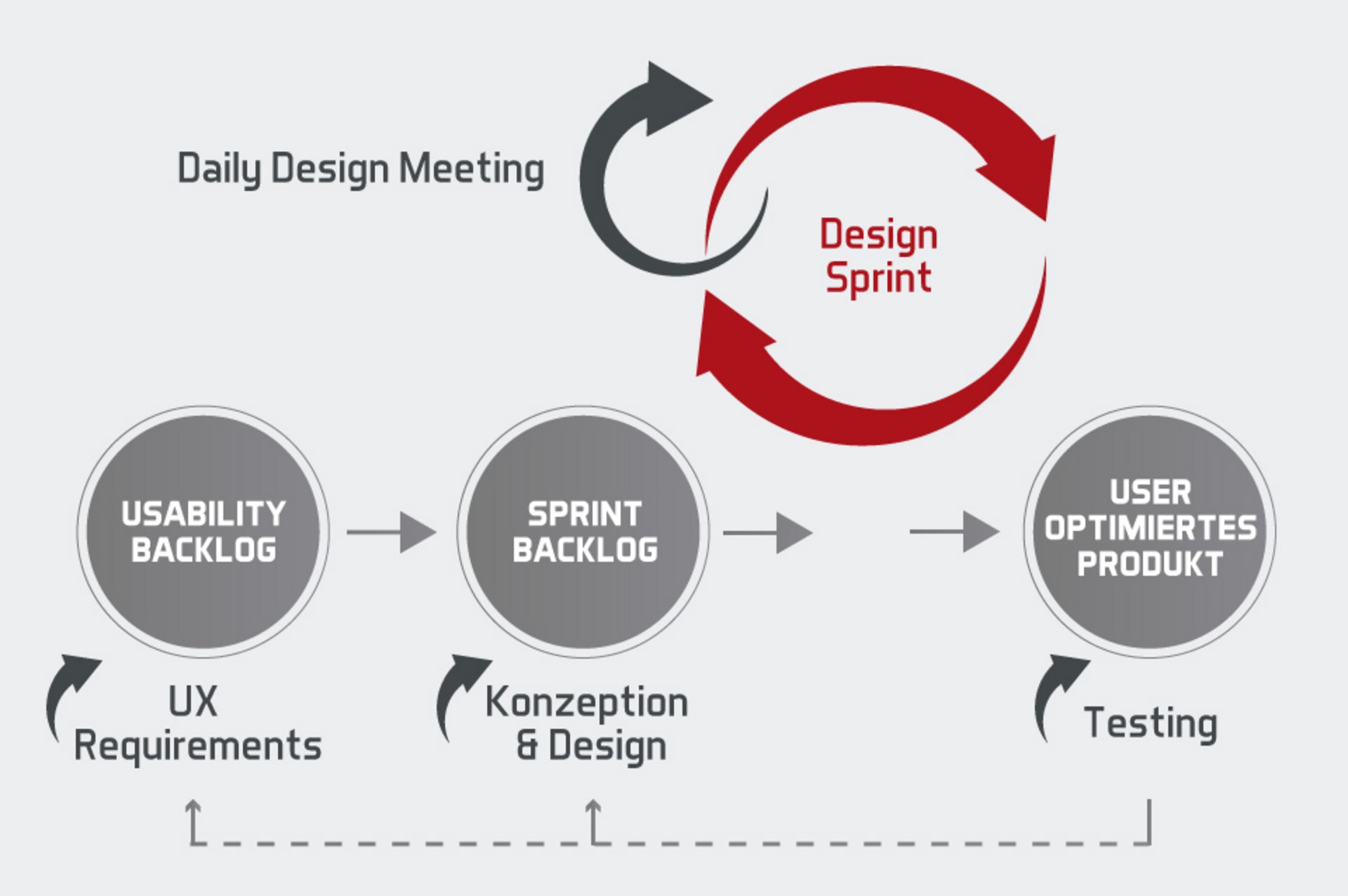
Usability Engineering - Agile or conventional approach in the design team?
Usability engineering is not just about getting a good feel or obligation to buy from the customer; it's more about ensuring that all standards, design rules and design patterns are taken into account in order to make the website usable as a self-contained, self-contained system. Today's blog post introduces you to basic processes for optimizing your internal work structure and how you can create more content with simple agile development tips.
Usability engineering and agile work in design (SCRUM)
Planning projects takes time and can be tricky if you work in the design with the conventional waterfall model. The waterfall model is very vulnerable to short-term changes that can greatly lengthen existing processes. Therefore, a change of methods in this area is highly recommended.
However, to better understand Scrum, one must first understand the term "waterfall".
The conventional way to work - waterfall model
The waterfall model, unlike agile processes, is characterized by breaking projects into milestones, where a milestone can not be started until the previous one is completed. The waterfall model expects a customer to know exactly what he wants - even in the initial phase of a project, usually before planning and development. It is a good approach to ask customer requirements at the beginning of a project, but the resulting product will change quite a few times before it can be declared a "donee". Before the project starts, tasks in the waterfall model are assigned to individuals and / or teams, and project progress is recorded in a so-called Gantt chart. As a result, the waterfall model not only appears sluggish and more "unpredictable," but also poses a serious problem with the real-time response in the digital age with social media, interactive television commercials, and major events. The conventional waterfall model does not offer a clear solution.
An agile approach to usability engineering
Usability engineering is based on the idea that processes are processed faster and more concentrated in small sprint teams, so as to be more flexible and agile than with conventional methods, such as e-learning. the waterfall model. In the Scrum framework (Design Team), a small team (2-10 people) is planning coordinated sprints. Design Sprints are typically one to four weeks long and consist of a certain number of tasks and subtasks (in the waterfall model these are the milestones), which are selected by the design team from a backlog of tasks and queries. Daily design scrum meetings, which are supported by a scrum master (design manager in the design team), provide a convenient place for the team to discuss progress and dependencies, as opposed to the conventional waterfall method. At the end of each sprint, the design team holds a Sprint Retro to discuss what has worked well and less well in this sprint. The goal here is to create a barrier-free platform through permanent communication, in which all team members are on the same level of knowledge and work with the same resources.
The next design sprints are then planned based on internal and external feedback (usability tests, heatmap analytics, eye tracking, etc.).
Contact us
Office Wiesbaden
Mainzer Straße 75
65189 Wiesbaden